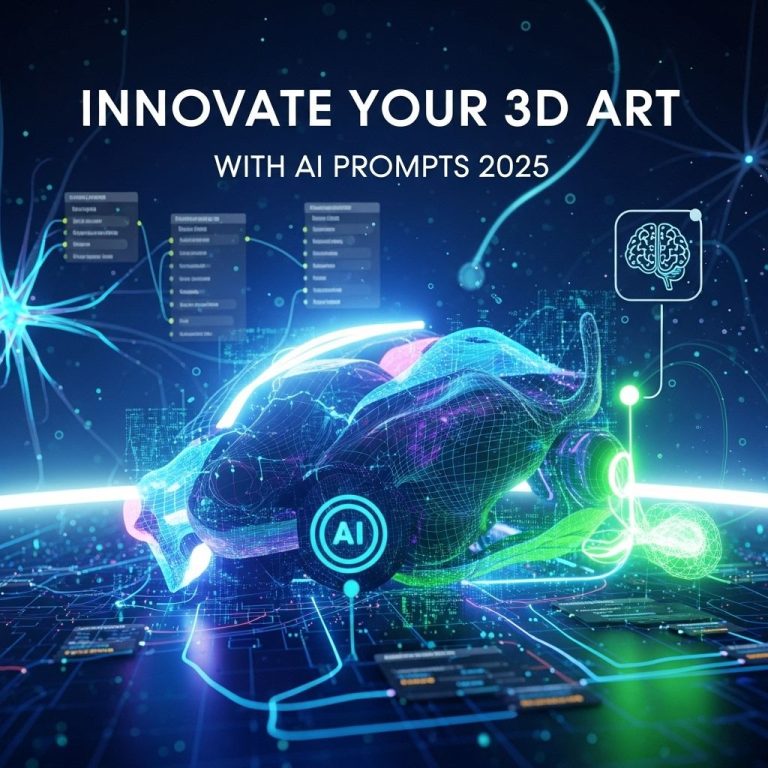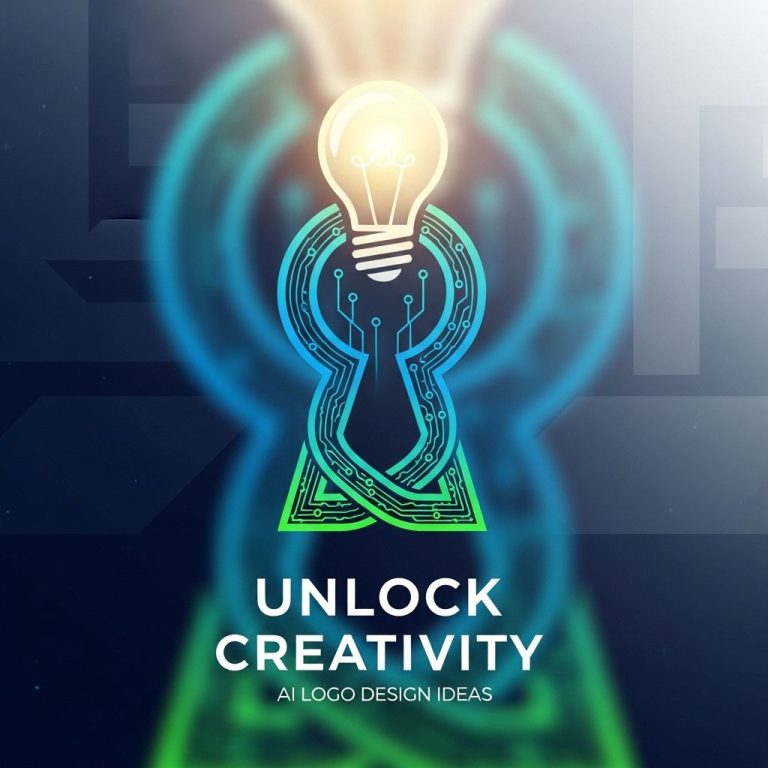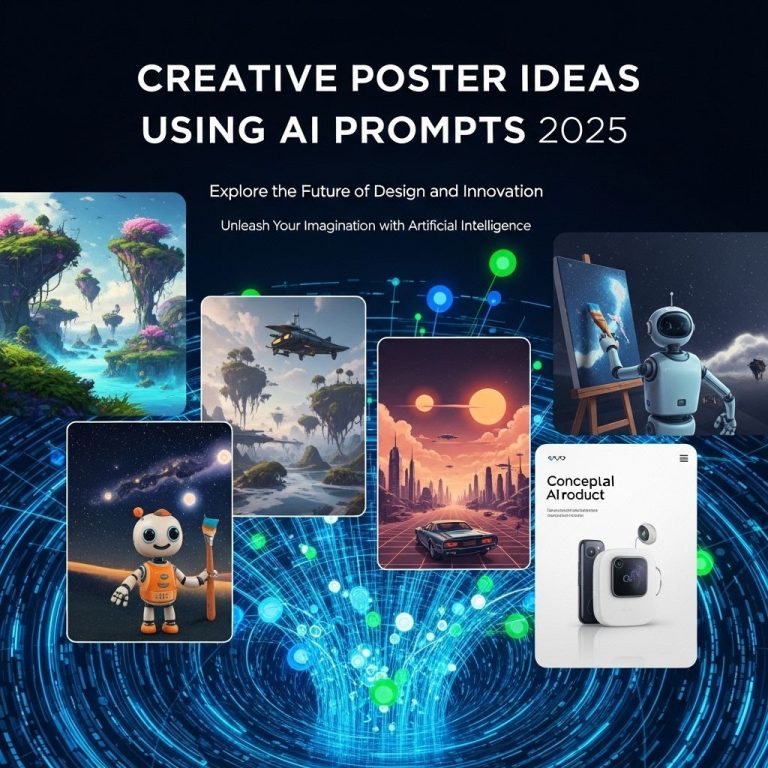The landscape of 3D art is evolving at an unprecedented pace, thanks in large part to the integration of artificial intelligence. In 2025, artists have more tools than ever to elevate their creative process, allowing for the generation of complex designs, dynamic animations, and breathtaking environments. This article delves into how AI prompts can revolutionize 3D art workflows, the tools available, and the future implications of this technology.
The Role of AI in 3D Art
Artificial intelligence has permeated various domains, and 3D art is no exception. From generating textures to automating modeling processes, AI tools are designed to assist artists in realizing their visions with unparalleled efficiency. Here are some ways AI is transforming 3D art:
- Procedural Generation: AI algorithms can create complex, intricate designs that would take human artists significantly longer to achieve.
- Texture Generation: AI can analyze existing textures and produce new variations or entirely unique textures, enhancing the realism of 3D models.
- Animation Assistance: AI tools can assist in creating lifelike animations by predicting movement based on physics simulations.
- Scene Composition: AI can suggest optimal arrangements of 3D elements within a scene, allowing artists to focus on creativity rather than basic layout.
Popular AI Tools for 3D Art
As we navigate through 2025, a plethora of AI tools are available that cater specifically to 3D artists. Here’s a curated list of some of the most prominent options:
1. Daz 3D
Daz 3D is known for its user-friendly interface and powerful AI capabilities. It offers:
- Character creation and customization.
- AI-assisted posing and animation tools.
- A vast library of assets and resources.
2. NVIDIA Omniverse
NVIDIA Omniverse is a collaborative platform for 3D content creation. Key features include:
- Real-time ray tracing for realistic rendering.
- AI tools for simulation and material generation.
- Support for various 3D software integrations.
3. Artbreeder
Artbreeder utilizes machine learning to allow artists to blend and modify existing images. Its benefits for 3D art include:
- Generating unique textures and materials.
- Creating character models through collaborative image synthesis.
Integrating AI Prompts into Your Workflow
To truly leverage AI in 3D art, artists should integrate AI prompts into their existing workflows. Here’s how to do it effectively:
- Identify Repetitive Tasks: Look for tasks that consume significant time and can be automated, such as UV mapping or rigging.
- Experiment with AI Tools: Dedicate time to explore various AI tools and their capabilities. Understanding how they work can help you better utilize them.
- Use AI for Inspiration: When facing creative blocks, use AI prompts to generate new ideas or variations of your existing work.
- Collaborate with AI: Treat AI as a creative partner. Allow it to suggest changes and alterations to your work, enhancing the final output.
Case Studies of AI-Enhanced 3D Art
Several artists and studios have already begun to integrate AI into their workflows with remarkable results. Here are a few notable case studies:
Case Study 1: Studio XYZ
This studio utilized AI to automate their character rigging process, reducing the time taken from weeks to just a few days. They reported:
| Before AI | After AI |
|---|---|
| Weeks for rigging | Days for rigging |
| Manual adjustments | Minimal adjustments needed |
Case Study 2: Independent Artist Jane Doe
Jane incorporated AI-generated textures into her digital paintings, leading to a significant increase in the depth and realism of her work. By using AI to suggest texture combinations, she was able to:
- Enhance the visual complexity of her scenes.
- Save time on manual texture creation.
- Explore new stylistic directions with ease.
Future Implications of AI in 3D Art
As technology progresses, the implications of AI in 3D art will only deepen. Here are some potential future trends:
1. Fully Automated Content Creation
Imagine a future where artists can input basic parameters into an AI and receive fully structured 3D scenes. This could drastically change the role of artists, emphasizing creativity over technical skills.
2. Enhanced Collaborative Platforms
Future tools may provide even greater collaboration capabilities, allowing multiple artists to work simultaneously on AI-generated content in real-time.
3. Ethical Considerations
As AI-generated art becomes more prevalent, ethical implications regarding ownership and creativity will need to be addressed. Artists may need to navigate the fine line between inspiration and imitation.
Conclusion
The realm of 3D art is on the brink of a transformative revolution, with AI leading the charge. Artists who embrace these technologies will not only enhance their creative outputs but will also redefine the boundaries of what is possible in the digital art landscape. By leveraging AI prompts and tools, the future of 3D art is bright, promising endless possibilities for innovation and creativity.
FAQ
What are AI prompts for 3D art?
AI prompts for 3D art are creative suggestions generated by artificial intelligence that help artists conceptualize and design their 3D models and scenes.
How can AI prompts enhance my 3D art workflow?
AI prompts can streamline your workflow by providing inspiration, suggesting new ideas, and helping overcome creative blocks, allowing you to focus on refining your artistic vision.
Are AI prompts suitable for all levels of 3D artists?
Yes, AI prompts are beneficial for both beginners and experienced artists, as they can provide fresh perspectives and ideas regardless of skill level.
What tools can I use to generate AI prompts for 3D art?
There are various AI tools and platforms available, such as text-based generators and creative design software, that can assist in generating prompts tailored for 3D art.
Can AI prompts help with specific themes in 3D art?
Absolutely! AI prompts can be customized to explore specific themes, styles, or concepts, allowing artists to dive deeper into their chosen subjects.
What should I consider when using AI prompts for my 3D art projects?
When using AI prompts, it’s important to maintain your unique artistic voice and use the suggestions as a starting point for your creativity rather than a definitive guide.




